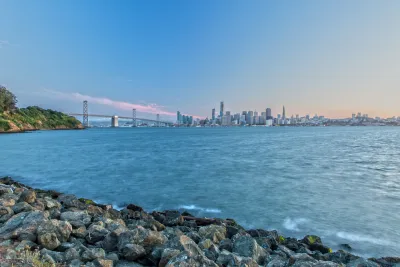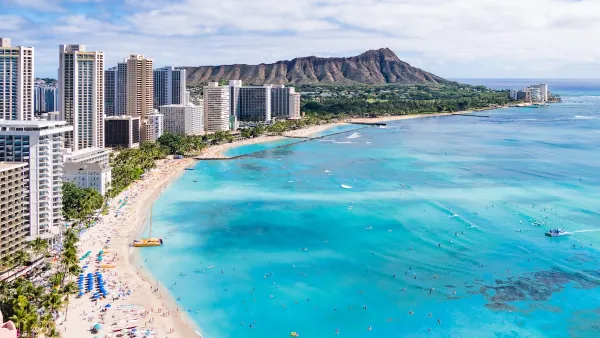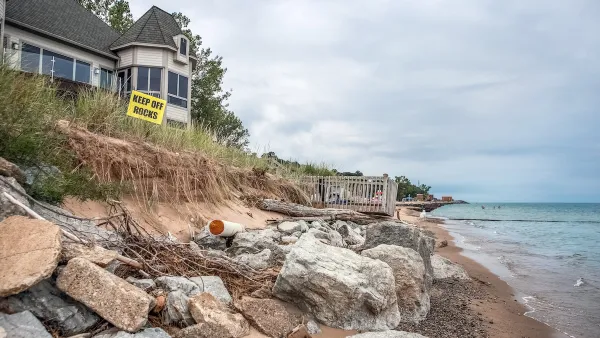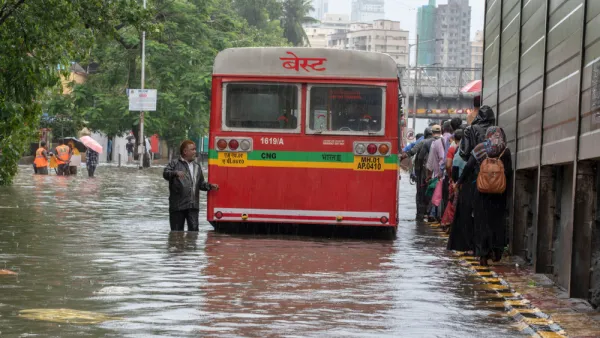In Manila and the San Francisco Bay Area, the severe impacts of rising sea levels are indisputable. But the only similarities are that both places face very uncertain futures.

In a multimedia piece, reporter Somini Sengupta and photographer Chang W. Lee look at the threats, challenges, and responses to climate change in two very different places: Manila and the San Francisco Bay Area.
"In both places, it turns out, how you face the rising sea depends mostly on the accident of your birth: Whether you were born rich or poor, in a wealthy country or a struggling one, whether you have insurance or not, whether your property is worth millions or is little more than a tin roof," says Sengupta.
Climate change is affecting Manila’s most vulnerable residents especially hard, the result of decades of poor land use planning throughout the metropolitan area. "Storms repeatedly sweep away spindly-legged bamboo and tin houses on the water. People flee for a while, only to come back because they have nowhere better to go," writes Sengupta.
In the Bay Area, addressing rising sea levels is complicated by politics and high property values, Sengupta points out. "Unlike Manila, Bay Area municipalities are wealthy. And many of them are already paying handsomely to fortify high-value coastal infrastructure at risk."
The situations in Manila and the Bay Area highlight the difficult questions that remain about the best responses to climate change in coastal areas, says Sengupta. "They could adapt to the rising tide, which could mean moving people out of harm’s way. Or, they could try to force the water to adapt to their needs by raising their defenses."
FULL STORY: A Crisis Right Now: San Francisco and Manila Face Rising Seas

National Parks Layoffs Will Cause Communities to Lose Billions
Thousands of essential park workers were laid off this week, just before the busy spring break season.

Retro-silient?: America’s First “Eco-burb,” The Woodlands Turns 50
A master-planned community north of Houston offers lessons on green infrastructure and resilient design, but falls short of its founder’s lofty affordability and walkability goals.

Delivering for America Plan Will Downgrade Mail Service in at Least 49.5 Percent of Zip Codes
Republican and Democrat lawmakers criticize the plan for its disproportionate negative impact on rural communities.

Test News Post 1
This is a summary

Test News Headline 46
Test for the image on the front page.

Balancing Bombs and Butterflies: How the National Guard Protects a Rare Species
The National Guard at Fort Indiantown Gap uses GIS technology and land management strategies to balance military training with conservation efforts, ensuring the survival of the rare eastern regal fritillary butterfly.
Urban Design for Planners 1: Software Tools
This six-course series explores essential urban design concepts using open source software and equips planners with the tools they need to participate fully in the urban design process.
Planning for Universal Design
Learn the tools for implementing Universal Design in planning regulations.
EMC Planning Group, Inc.
Planetizen
Planetizen
Mpact (formerly Rail~Volution)
Great Falls Development Authority, Inc.
HUDs Office of Policy Development and Research
NYU Wagner Graduate School of Public Service





























